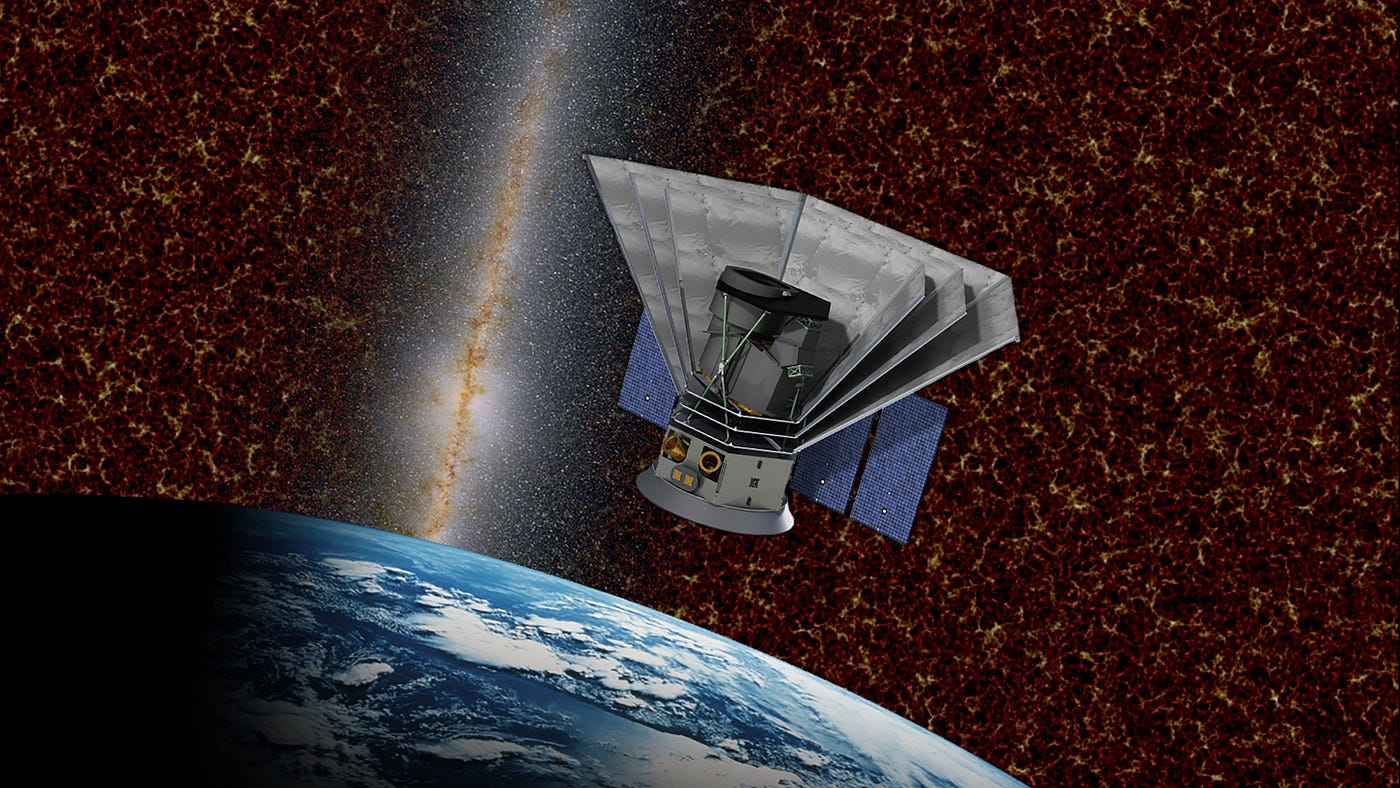Recent scientific investigations have revealed that microplastics—tiny plastic particles smaller than 5 mm—are no longer just an ocean issue; they’re increasingly contaminating agricultural soils, disrupting soil health, crop growth and environmental stability. Studies from Australia found that every kilogram of compost applied to farmland contained thousands of microplastic particles, which subsequently entered soil ecosystems and impacted plant-root zones. In India, research detected elevated microplastic levels in coastal agricultural soils, particularly on fields using plastic mulch vs. those without.
The implications of this contamination go beyond soil and crops. Microplastics alter the structure of soil, impairing nutrient cycling and microbial communities essential for plant growth. One recent article reported that diverse microplastics in soil can accelerate denitrification, increasing emissions of nitrous oxide—a greenhouse gas far more potent than CO₂—and reducing soil fertility simultaneously. Meanwhile, others have found microplastics in vegetables and even trace elements stuck to plastic particles in farmland soils. The convergence of these findings reflects experience (real-world data collection), expertise (soil scientists employing advanced detection methods), authoritativeness (peer-reviewed research) and trustworthiness (transparent reporting of risks).
For agricultural policymakers, farmers, environmental managers and concerned citizens alike, the way forward is clear: monitoring and mitigating microplastic pollution must become integral to sustainable land management. This includes scrutinising compost and sludge inputs, phasing out plastic mulching films, adopting stricter standards for biosolid use and improving waste-sorting systems upstream. In doing so, we support soil health, food security and environmental resilience—and ensure that the ecosystems beneath our feet aren’t silently compromised.







